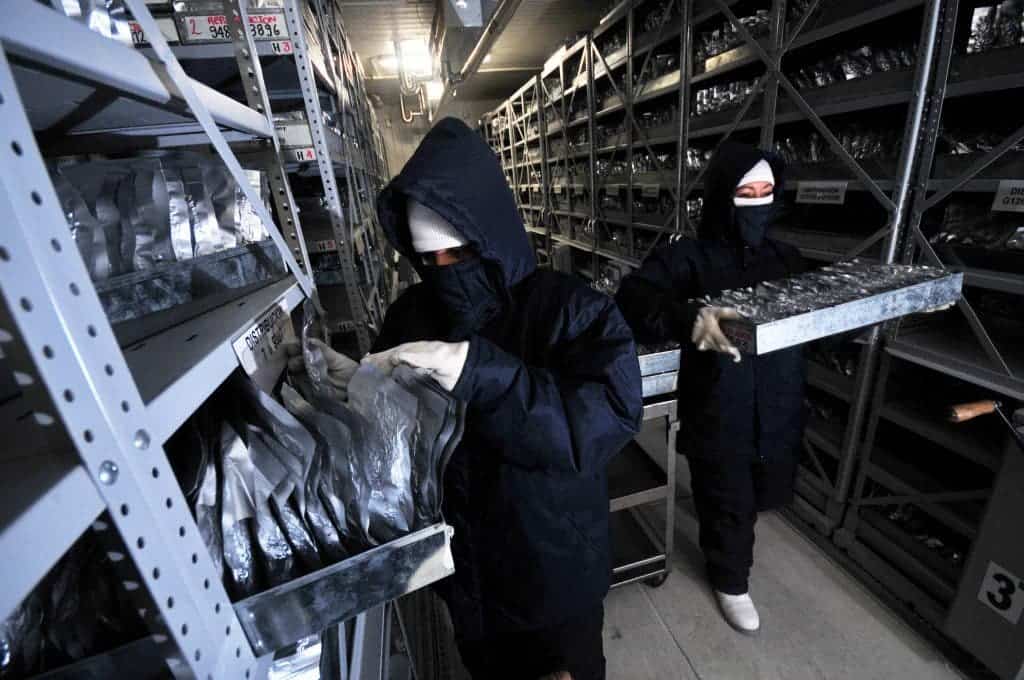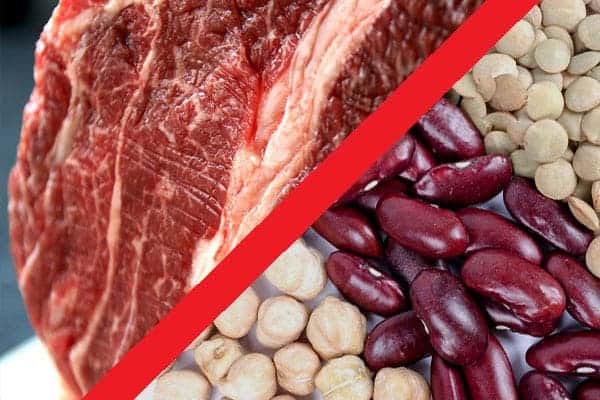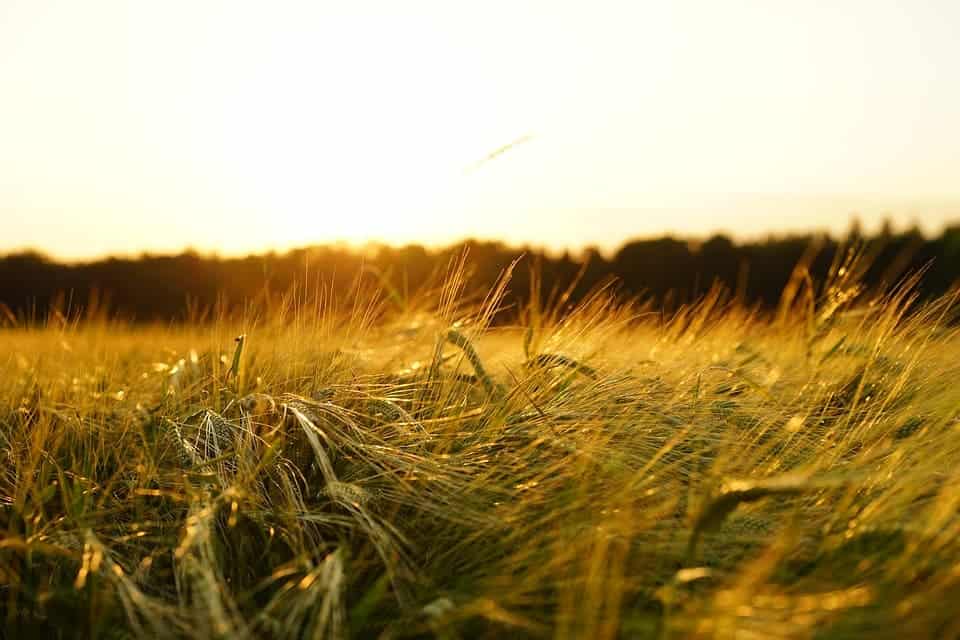Some 30 new bean varieties have been cross-bred by researchers in order to make these more resistant to rising temperatures. Often called the ‘meat of the poor’, more than 400 million people around the world depend on beans for their daily protein intake. Being particularly vulnerable to temperature means that bean farms, whether large or home subsistence gardens, could be obliterated by climate change this century. The new beans can withstand temperatures three to four degrees Celsius greater than those currently grown by farmers, enough, the researchers say, to keep yield losses to a minimum.

Nestled deep in the Columbian countryside, some 300 international scientists stationed at the International Center for Tropical Agriculture (CIAT) in Valle de Cauca are working around the clock to keep the world fed. At CIAT, researchers have garnered seeds from around the world for their seed bank. Curated by Daniel Debouck, CIAT now boasts the largest beans collection in the world, numbering more than 36,000 bean samples in all shapes, colors and sizes. This isn’t some collector caprice, but a genuine public service. Millions around Africa and South America depend on beans to make end’s meet. Rwandans, for instance, each consume on average 60kg of beans per year.
Previously, CIAT distinguished itself as a vital research institute for mankind after it released wheat and rice varieties that dramatically increased yields in China and India. This was the 1960s, and at the time the two countries were on the brink of disaster threatened by widespread famine. Not only did the population recover, but India is now a major rice exporter. Most recently, CIAT developed some bean varieties that are adapted to certain African environments and now feed some 30 million people. In the face of climate change, however, efforts had to be stepped up.

Beans are most vulnerable during night time under high temperatures. If these cross 18 or 19 degrees Celsius, then the vegetable’s flowers can’t pollinate. According to the Intergovernmental Panel on Climate Change, global temperatures could rise by 3 to 5 degrees by the end of this century, which puts billions of tonnes of beans at risk each year. According to a model made by CIAT, the area suitable for growing beans could diminish by 50% as a result of climate change. That would be catastrophic.
“Small farmers around the world are living on the edge even during the best situation,” said Steve Beebe, the head of CIAT’s bean breeding programme.
“Climate change will force many to go hungry, or throw in the towel, sell their land and move into urban slums if they don’t get support.”
Beebe, Debouck and other colleagues examined the thousand of bean varieties stored in their bank. They hoped to find some suitable varieties that could be crossed with modern ones. They eventually hit the jackpot with the tepary bean and put the traits into others such as pinto, white, black and kidney beans. The tepary bean, though low yield, is a hardy survivor endemic to northern Mexico and the American southwest which has been cultivated since pre-Columbian times. After crossing the tepary bean with the modern kind, the researchers came up with results that exceeded their wildest hopes: the new varieties could handle a 3°C rise, while others seemed able to withstand 4°C or more.

Bean growers in Latin America and sub-Saharan Africa – including Nicaragua, Haiti, Brazil, Honduras, Kenya, Tanzania, Uganda, and the Democratic Republic of Congo may sleep better at night. The updated model found that 95% fields planted with the new beans could survive.
To me, this is a success reminiscent of CIAT’s success in the 1960s, further consolidating the institution’s role as a global food watchdog. But this success couldn’t had been possible were it not for CIAT’s seed bank of wild varieties. Only 5% of the wild relatives of the world’s most important crops are properly stored and managed. CIAT’s findings should serve as an example that might attract more support for wild flower and vegetable banks.






